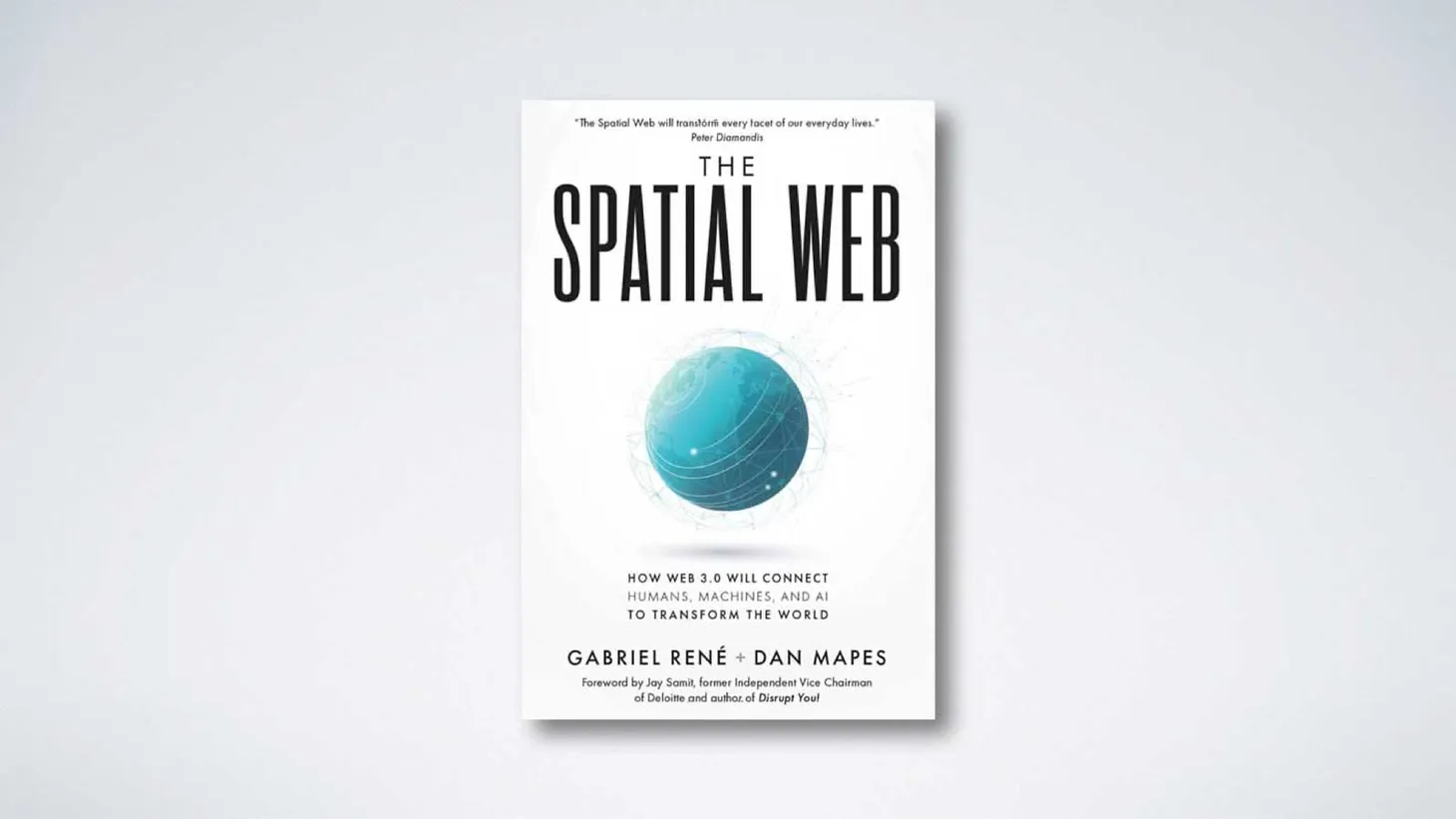Spatial agency & decentralisation
An introduction to the connection between decentralised infrastructures and peer-to-peer empowerment.

Table of Contents
A decentralised web
hu.bb emerges from the world of architecture, structurally and conceptually. However, its governing principles – using space as a medium of communication to precipitate change – crystallised in the petri dish of a tech gathering – DWeb Camp 2022.
A retreat in amongst the majestic redwoods of Northern California, it was a gathering “for builders and dreamers, to gather in nature to tackle the real-world challenges facing the web and to co-create the decentralised technologies of the future”.
In our hyper-financialised western culture, where ‘decentralisation’ in tech is equated with web3, DWeb, though similar sounding in name, espouses its own set of values.
As Kaitlyn Tiffany put it recently, “The decentralised web that Kahle and others have envisioned for years has yet to receive major mainstream attention for an obvious reason: It never promised to get anyone rich. But the Web3 movement certainly did.”
Nathan Schneider added, “DWeb asks more … what do we actually want socially, and how do we centre those values in our technical designs, so the technical becomes a means to an end, rather than an end in itself?”
So, an organisational structure such as a Decentralised Autonomous Organisation (DAO), while a ‘hot’ topic attracting creative energy around the world, is only a potential tool for us. We are unlikely to ever be called hubbDAO, but hu.bb may or may not employ DAO’s to achieve its ends.
Spatial agency
The underlying goal for our platform is to enable users of spaces, whether at home, at work or in public, to exercise agency over those spaces in transformational ways.
This journal documents our journey as we build the toolbox that makes it possible.
Breaking down hierarchies is at the core of what we propose, replacing these with stakeholder, peer-to-peer engagement.
Values
Our departmental model, for the production of space, builds a subtle, but at the same time, emphatic connection between spatial and communication practices.
As with narrative environments, the core, indivisible unit within any toolbox of ours is an interrelationship – with our primary activity in employing those tools, of negotiation - amongst people, between people, places and organisations, and internally, with the embodied perception of experiences.
Therefore, a strong sense of values is essential.
A library
Our library is an online space of contemplation, to interrogate our beliefs while opening them up to the evolved thoughts of others, who might have something interesting to offer.
We have quite a list, but please don't hesitate to suggest.
We will be reviewing books in bundles of four, related by topic or theme.
Four handbooks
For our next bundle, we examine four handbooks.
In our introductory piece we outlined a structure for our explorations which includes the production of an open-source Handbook for our organisation. We also referred to a number of other open-source handbooks that we have drawn inspiration from.
The four handbooks in this bundle are slightly different however – physical, for starters, and each directly related to a professional field:
- Architecture
- Film
- Role-playing gameplay
- Matrix wargaming

A quick note: We will typically publish one newsletter per week, with a one-week break between ‘bundles’, but this time around we are compressing the timeframe to around half that, to catch up with the schedule that has lots more to come.
Header photograph by Brad Shirakawa, courtesy of the Internet Archive
amonle Journal
Join the newsletter to receive the latest updates in your inbox.



